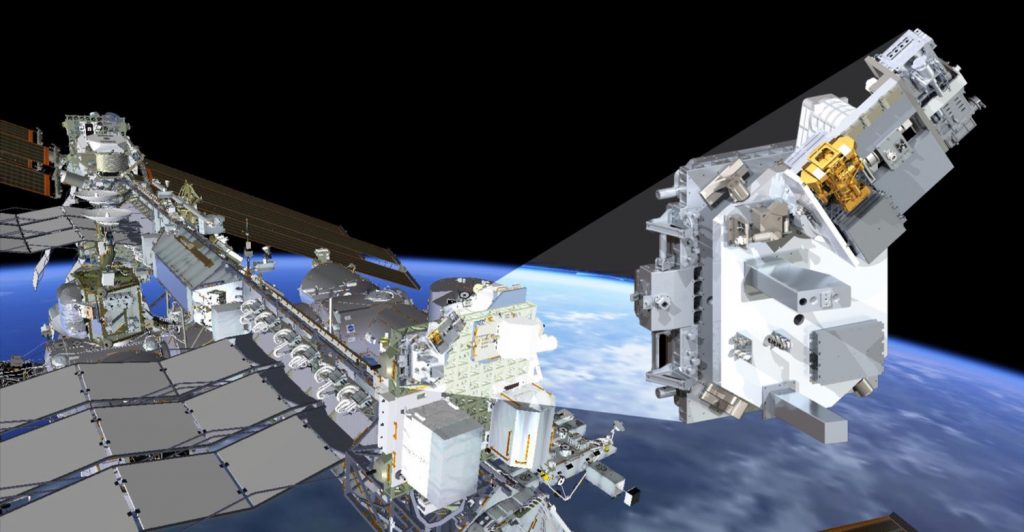Total and Spectral Solar Irradiance Sensor

Total and Spectral Solar Irradiance Sensor-1
TSIS-1 Mission
NASA's Total and Spectral Solar Irradiance Sensor-1, or TSIS-1, a mission to measure the sun's radiative input to Earth, is currently scheduled to be launched in late 2017 to the International Space Station ExPRESS logistics carrier (ELC)-3. Various satellites have captured a continuous record of this solar energy input since 1978. TSIS-1 provides the next state-of-the-art set of measurements with unprecedented accuracy and precision, which are critical to study the sun’s natural influence on Earth’s ratiation, ozone layer, atmospheric circulation, and ecosystems. These observations are essential for accurate scientific understanding of solar variability and climate.
TSIS-1 makes two measurements: total solar irradiance, or TSI, the sun's total energy input into Earth, and solar spectral irradiance, or SSI, the distribution of the sun’s ultraviolet, visible, and infrared light. TSI measurements are needed to establish Earth’s total energy input while SSI measurements help us understand how the atmosphere responds to changes in the sun’s output. TSIS-1 comprises two instruments to make these two measurements: the Total Irradiance Monitor, or TIM, and the Spectral Irradiance Monitor, or SIM, which are integrated into a single sensor payload system.
The TIM and the SIM are significantly improved sensors over the ones on NASA's Solar Radiation and Climate Experiment, or SORCE, mission launched in January 2003. The SIM measures solar spectral irradiance for 96 percent of the total solar energy, or TSI, that reaches Earth.
NASA Goddard Space Flight Center is managing the project. The University of Colorado's Laboratory for Atmospheric and Space Physics or LASP built both instruments. LASP will provide mission operations.

